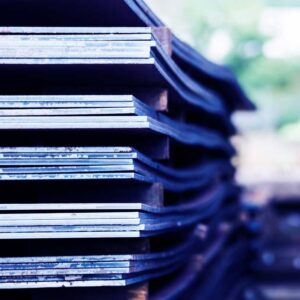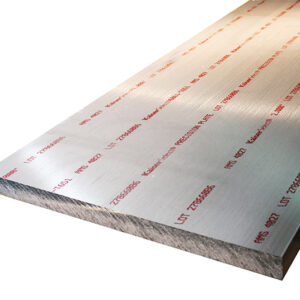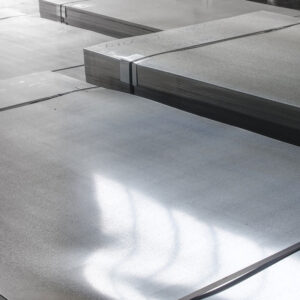303 STAINLESS STEEL BAR
303 STAINLESS STEEL BAR
303 (UNS 30300) stainless steel bars were developed for machining. Type 303 has a higher concentration of sulfur reducing the drag on cutting tools. It allows greater machining speeds and lower production costs. The alloy is useful whenever a need arises for good corrosion resistance and considerable machining is required.
Austenitic steels have austenite as their primary phase (face centered cubic crystal). These are alloys containing chromium and nickel (sometimes manganese and nitrogen), structured around the Type 302 composition of iron, 18% chromium, and 8% nickel. Austenitic steels are not hardenable by heat treatment. The most familiar stainless steel is probably Type 304, sometimes called T304 or simply 304. Type 304 surgical stainless steel is austenitic steel containing 18-20% chromium and 8-10% nickel.
Available shapes: Hexes, Rounds, Squares
Specifications: ASTM A582, AMS 5640, AMS QQ-S-764B Cond A
Typical Chemical Properties
| Minimum Properties | |
|---|---|
| Tensile Strength , psi | 85,000 |
| Yield Strength, psi | 45,000 |
| Elongation | 50% |
| Hardness | Rb 180 |
| Chemistry | |
| Carbon( C) | .15 max |
| Chrome (Cr) | 17.0- 19.0 |
| Manganese (Mn) | 2.0 max |
| Nickel ( Ni) | 8.0 -10.0 |
| Phosphorus (P) | 0.20 max |
| Sulphur (S) | .15 min |
| Silicon (Si) | 1.00 max |




